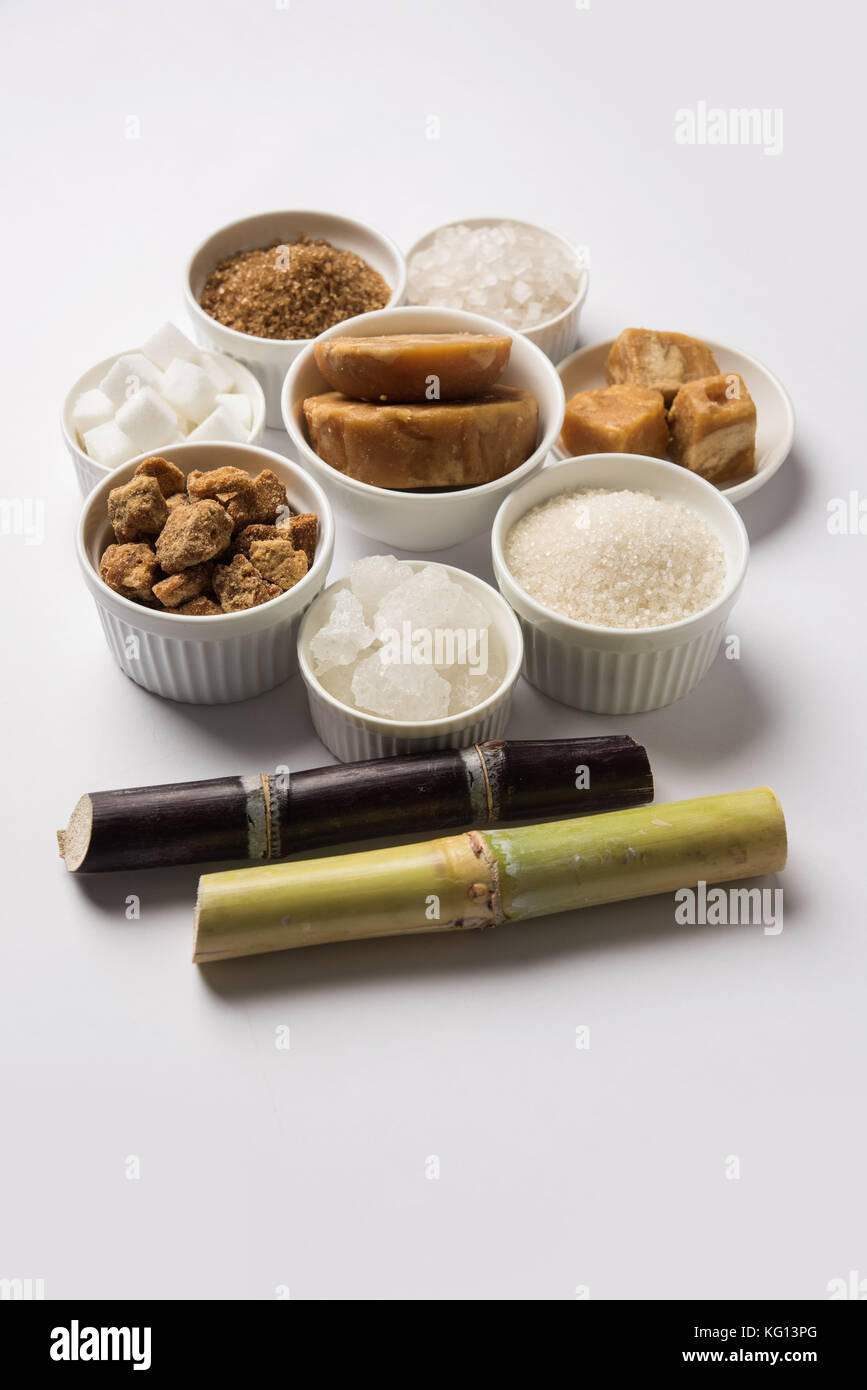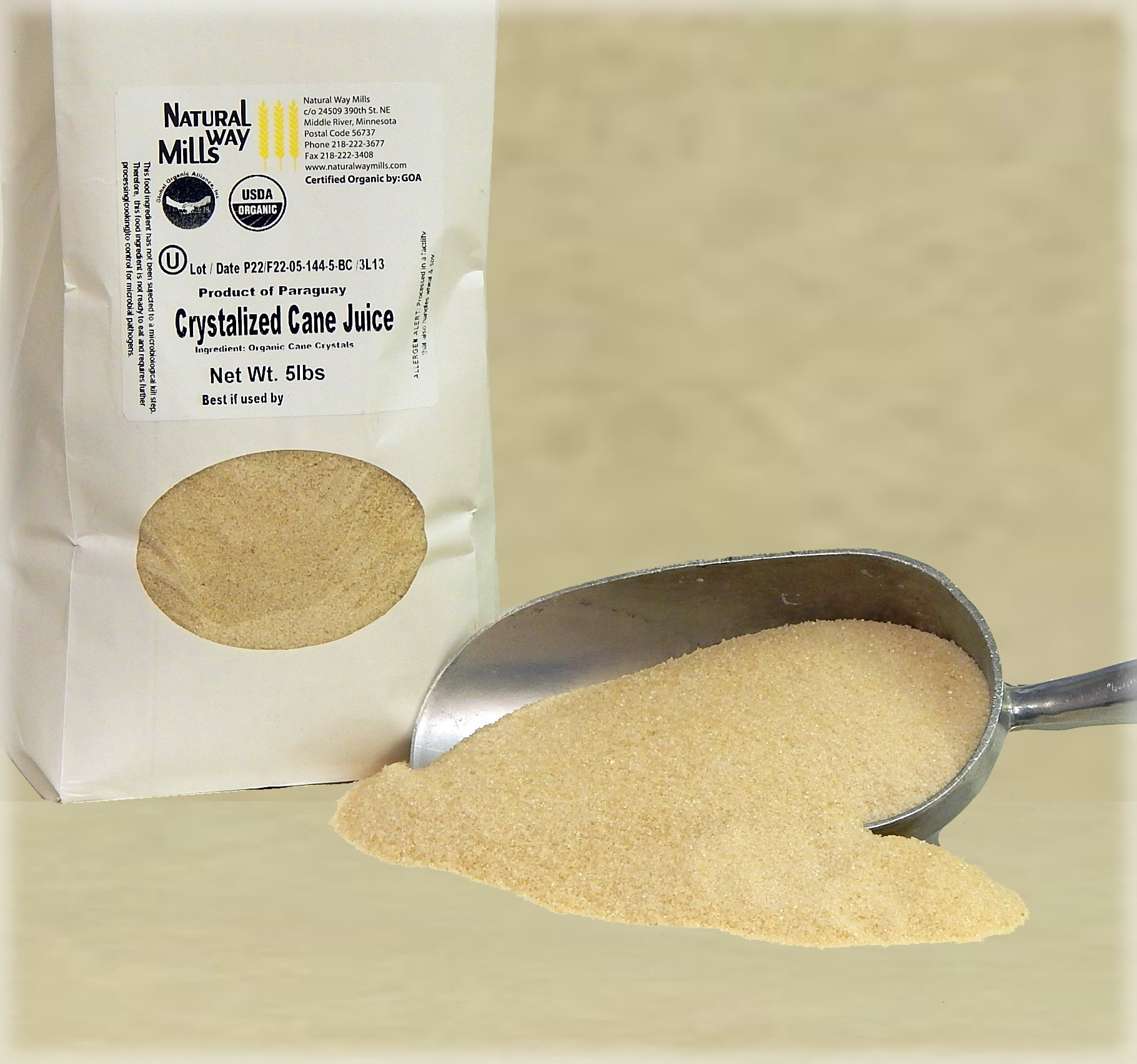The Environmental Impact of sugar cane products and How We Can Adapt
A Deep Dive Into Sugar Cane: Insights on Production, Supplies, and Product Growth
Sugar cane plays a crucial duty in farming, underpinning economic climates in exotic areas. Its growing involves complex procedures affected by different environmental aspects. Farmers deal with considerable obstacles, including environment change and market changes. Developments in product development are arising in feedback to evolving consumer needs. Comprehending these dynamics is crucial for understanding the future of this vital crop and its influence on worldwide markets. What lies in advance for sugar cane and its myriad applications?
The Importance of Sugar Cane in Global Farming
Sugar cane acts as a crucial plant in international agriculture, underpinning economies and food systems in many exotic areas. This versatile plant is primarily grown for its high sucrose web content, which is improved into sugar, a staple active ingredient in numerous foodstuff. Past sweetening, sugar cane is likewise vital for generating biofuels, specifically ethanol, contributing to energy sustainability.The financial value of sugar cane includes employment, providing livelihoods for countless farmers and workers in handling facilities. In a number of nations, sugar cane cultivation and handling represent significant parts of farming GDP, influencing trade balances and local development.Additionally, sugar cane's adaptability to various environments improves its importance as a plant, making certain consistent supply in global markets. Its byproducts, consisting of molasses and bagasse, better diversify its energy, making it a crucial element in food, energy, and industry. Generally, sugar cane continues to be a keystone of agricultural productivity worldwide.
Growing Procedures: From Growing to Harvest
Growing sugar cane entails a series of distinct procedures that ensure optimal growth and yield. The cultivation begins with land prep work, where the soil is tilled to secure optimal aeration and water drainage. Following this, seed cane, which consists of mature stalks, is selected and cut into segments (sugar cane products). These sectors are after that planted in furrows, ensuring correct spacing to permit sunshine and nutrient access.Once planted, watering systems are utilized to preserve adequate wetness degrees, as sugar cane prospers in moist problems. Weeding and parasite administration are vital throughout the expanding period to minimize competition for sources. Nutrient application, including plant foods, sustains durable growth. As the plants mature, keeping track of for conditions and parasites continues.Harvesting commonly occurs 10 to 24 months post-planting, depending upon the variety. The walking canes are reduced short, ensuring minimal waste, and are rapidly transferred for processing to preserve sugar top quality
Geographic Circulation of Sugar Cane Production
The geographical circulation of sugar cane production is mainly formed by details environment and soil demands. Major creating countries, such as Brazil, India, and China, gain from exotic and subtropical environments that support the plant's growth. Recognizing these elements offers understanding into the worldwide landscape of sugar cane farming.
Major Producing Countries
Although sugar cane is grown in various regions worldwide, certain nations control production due to positive climates and agricultural techniques. Brazil leads the worldwide market, accounting for around one-third of total production, many thanks to its comprehensive vineyards and progressed farming strategies. India follows as a significant manufacturer, gaining from both favorable climate condition and a huge domestic market. China and Thailand likewise place amongst the leading producers, with well-established frameworks supporting their sugar industries. Other significant factors consist of the United States, Mexico, and Australia, each leveraging their distinct farming systems to enhance outcome. These countries play a vital function in the sugar cane supply chain, affecting global rates and schedule
Climate and Dirt Needs
Suitable environment and dirt problems are important for successful sugar cane production. Sugar cane flourishes in tropical and subtropical areas, requiring warm temperatures in between 20 ° C and 30 ° C (68 ° F to 86 ° F) These plants need abundant sunshine and rainfall, ideally in between 1,500 to 2,500 millimeters yearly, to assure peak growth. The dirt needs to be well-drained, abundant, and rich in organic issue, with a pH degree preferably between 5.5 and 8.5. Sandy loam or clay loam soils are especially for sugar cane farming, providing required nutrients and water drainage. Geographic circulation is mostly influenced by these factors, with major production areas located in Brazil, India, and China, where environmental problems line up with the plant's needs for growth and return.

Obstacles Dealt With by Sugar Cane Growers
Sugar cane growers come across significant difficulties that impact their resources. Environment adjustment presents uncertain climate patterns, affecting plant yield and high quality. In addition, market cost volatility produces financial unpredictability, complicating long-lasting planning for these agricultural producers.
Environment Adjustment Impacts

How do environment adjustment impacts influence the stability of sugar cane cultivation? Increasing temperatures and unpredictable weather condition patterns significantly test sugar cane growers. Boosted warmth can result in minimized yields, as the plants battle to grow in extreme conditions. In addition, transformed rainfall patterns result in either droughts or excessive flooding, both damaging to plant health and wellness. Pests and diseases are likely to multiply in warmer climates, further harmful production. Furthermore, soil deterioration and salinization as a result of increasing sea degrees can diminish cultivable land. These weather modifications compel farmers to adjust their techniques, typically needing financial investment in new modern technologies and durable crop varieties. Inevitably, the sustainability of sugar cane cultivation depends upon addressing these climate challenges properly.

Market Rate Volatility
Market price volatility provides substantial difficulties for sugar cane farmers, affecting their financial stability and preparation. Fluctuations in market rates, driven by elements such as global supply and demand, weather condition problems, and federal government policies, develop uncertainty for manufacturers. This changability makes it challenging for growers to forecast her latest blog revenues and manage operating costs effectively. In addition, when costs drop unexpectedly, numerous farmers may struggle to cover production costs, bring about possible economic distress. To alleviate these dangers, some farmers transform to contracts or hedging strategies, yet these remedies might not come to all. Subsequently, market value volatility continues to be a relentless problem, influencing the overall sustainability and profitability of sugar cane farming.
Understanding the Sugar Cane Supply Chain

Market Patterns Influencing Sugar Cane Rates
The characteristics of sugar cane prices are influenced by a selection of market fads that show broader economic problems and customer behaviors. Global need for sugar and sugar-related items plays an important function, with increasing interest in natural and sustainably sourced items driving rates higher. Additionally, fluctuations in oil prices impact the expense of production and transport, more affecting market prices. Weather patterns are one more considerable aspect; adverse problems can bring about decreased returns and increased costs. Trade policies, tariffs, and worldwide agreements likewise shape the marketplace landscape, affecting supply chains and availability. Currency exchange prices can complicate global trade, affecting costs for both merchants and importers. Shifts in customer preferences towards healthier options might modify need patterns, producing a surge effect on sugar cane pricing. sugar cane products. As a result, recognizing these interconnected fads is important for stakeholders in the sugar industry
Developments in Sugar Cane Product Advancement
Countless technologies in sugar cane item development are reshaping the sector and expanding its applications. Scientists are exploring alternate usages beyond conventional sugar, consisting of biofuels, eco-friendly plastics, and health supplements. Advances in enzymatic handling methods have boosted the extraction of useful compounds such as antioxidants and vitamins from sugar cane, advertising its usage in functional foods.Additionally, the advancement of genetically modified sugar cane selections intends to enhance yield and resistance to bugs, while likewise enhancing the nutritional account of the crop. Innovations in fermentation processes have actually led to the production of high-grade liquors derived from sugar cane, attracting an expanding market for craft spirits.Moreover, sustainable practices in growing and handling are obtaining traction, with a concentrate on lowering ecological impacts. These innovations not just produce brand-new market opportunities but likewise foster an even more lasting strategy to sugar cane production, aligning with global patterns towards environmentally friendly items.
Regularly Asked Inquiries
What Are the Ecological Impacts of Sugar Cane Farming?
The environmental effects of sugar cane farming include deforestation, loss of biodiversity, water contamination from fertilizers and chemicals, dirt destruction, and greenhouse gas discharges, every one of which substantially add to eco-friendly inequalities and environment change.
How Does Sugar Cane Growing Affect Local Economies?
Sugar cane growing greatly affects local economies by creating work, promoting farming markets, and producing revenue for farmers. It can additionally lead to financial dependency and variations based on market needs and ecological conditions.
What Are the Main Vermin and Diseases Affecting Sugar Cane?
The major parasites impacting sugar cane include the sugarcane borer and aphids. Conditions such as red rot and smut significantly effect yield. Farmers should implement incorporated parasite monitoring methods to alleviate these risks properly.
Just How Is Sugar Cane Processed Into Different Products?
Sugar cane processing involves see this site crushing the stalks to draw out juice, followed by information, evaporation, and crystallization. This procedure yields raw sugar, molasses, and ethanol, each serving distinctive functions in numerous markets, from food to power.
What Are the Nutritional Aspects of Sugar Cane?
The nutritional aspects of sugar cane include crucial vitamins and minerals, specifically B vitamins, calcium, and iron. It useful link likewise consists of fiber, though mostly made up of sucrose, which provides energy but does not have significant nutrients.